Christian Ahrens (Germany)
I am an industrial and technology photographer from Cologne and shoot exciting image sequences from the world of work for companies, agencies and organisations. People are the focus of almost all my pictures – I am fascinated by people who have achieved remarkable things in the fields of industry, production, research and service and who love their work.
My colleague Silvia Steinbach and I have teamed up to create “Ahrens+Steinbach Projects”, featuring high-end picture sequences, image photos and image-based projects such as exhibitions, books, magazine stories, photo portfolios etc. We often shoot campaigns to recruit qualified staff or trainees or for human resources marketing and employer branding.
Our life themes are job and vocation, passion and fulfillment at work. We work in all industries in which the variety interests and inspires us every day. Our slogan: “Photographing the future”. Our mission: “We photograph the technological adventures of our times.”
Témoignage
Ever since the presentation of the first X100 at Photokina 2010, I have been enthusiastic about these smart cameras from Fujifilm, yet until 2016 I only used the X100, X-E1 and then the X-E2 privately. However, when I held the X-Pro2 with the XF16-55mmF2.8 lens for the first time in spring 2016, I knew that these cameras had reached a level that meant they were now also ready for professional use.
Since 2016, I have used the X-Pro2 and X-T2 at practically every shoot. This has been an exciting, interesting process. I describe my pathway in detail on my blog “Beruf Fotograf” (“Profession: Photographer”).
I am convinced that mirrorless cameras will sooner or later replace the DSLR concept on a large scale, particularly in the field of professional photography. Paradigm changes of this type have occurred time and again in the history of camera technology, and now we have once again reached a turning point. I very much appreciate the fact that Fujifilm attaches great importance to classic virtues and, with the aperture ring and hardware setting wheels, has transported the incomparable user efficiency of classic cameras into the future. In my opinion, Fujfilm currently offers the best-developed mirrorless system.
Fujifilm cameras are frequently described as “retro” – but in my opinion, this falls short of the mark. Fujifilm cameras not only draw on a historic design, they also make classic, proven user concepts viable again. The intention is not to be nostalgic, but to guarantee clarity, simplicity and speed when working.
Fujifilm’s mirrorless system concept has numerous advantages. For me, the main ones are:
- Classic user concept that guarantees efficient operation
- Focal points right up to the edges! – This again signalises the return of something that photographers have deeply missed for many years
- The electronic viewfinder offers significant advantages when compiling, evaluating and previsualising motifs
- The APS-C sensors mean that the cameras and lenses can be kept light and compact – an immense relief after the heavy DSLR monsters
- The Rangefinder form factor of the X-Pro2 makes the photographer behind the camera seem more approachable and human than when he is hidden behind a gigantic SLR model
- It is an advantage if the photographer appears harmless and unthreatening when taking journalistic photos, street photos and portraits
The current models are outstandingly equipped. What might the mirrorless system concept make possible in the future? I am looking ahead with great joy and excitement.
Matériel
-
X-Pro2
-
X-T2
-
X-E2
-
XF14mmF2.8 R
-
XF16mmF1.4 R WR
-
XF18mmF2 R
-
XF23mmF1.4 R
-
XF27mmF2.8
-
XF56mmF1.2 R
-
XF10-24mmF4 R OIS
-
XF16-55mmF2.8 R LM WR
-
XF50-140mmF2.8 R LM OIS WR
Galeries

Christian Ahrens (Germany)
Gallery 01
Christian Ahrens(Germany)
Gallery 01
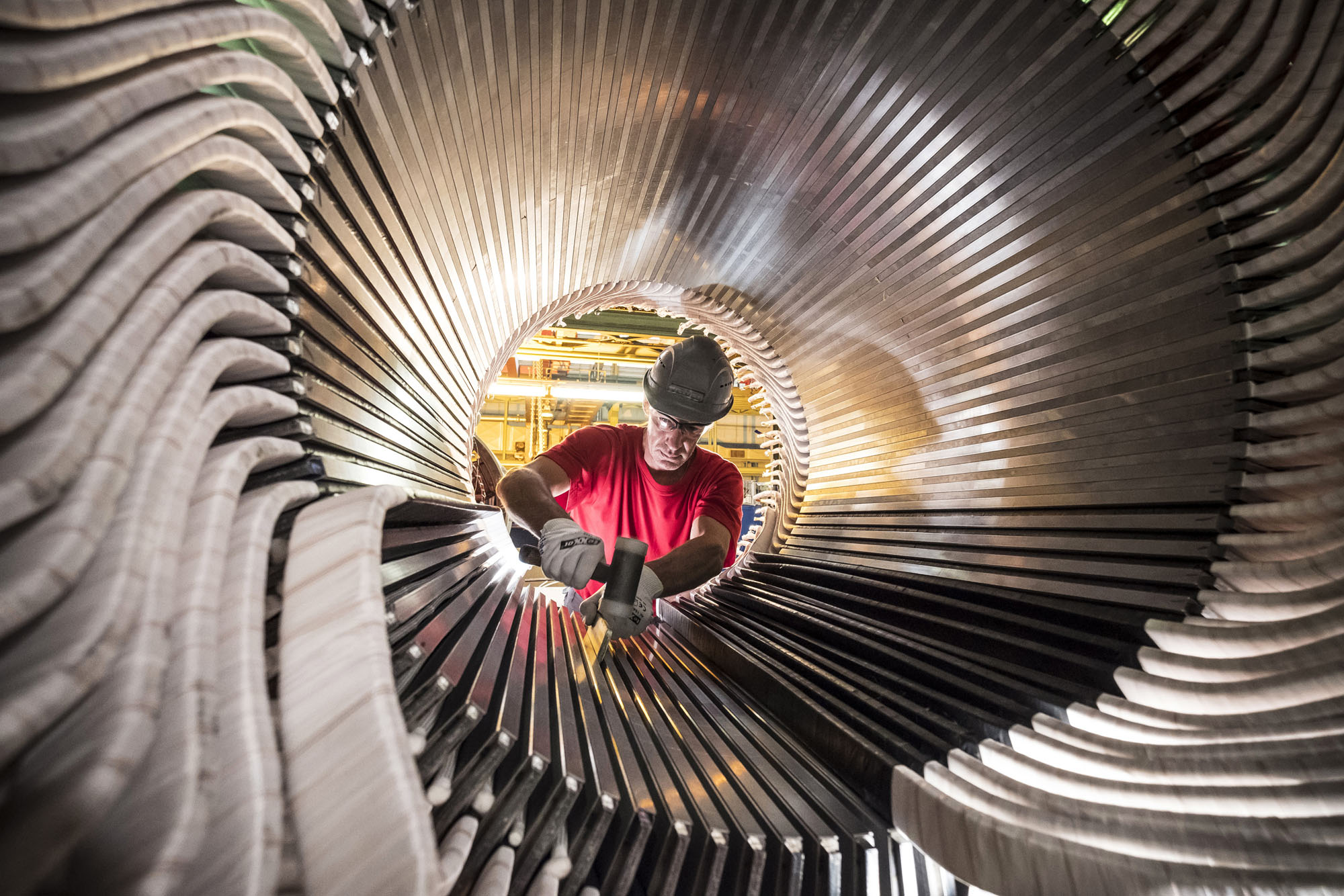
Christian Ahrens (Germany)
Gallery 01
Christian Ahrens(Germany)
Gallery 01
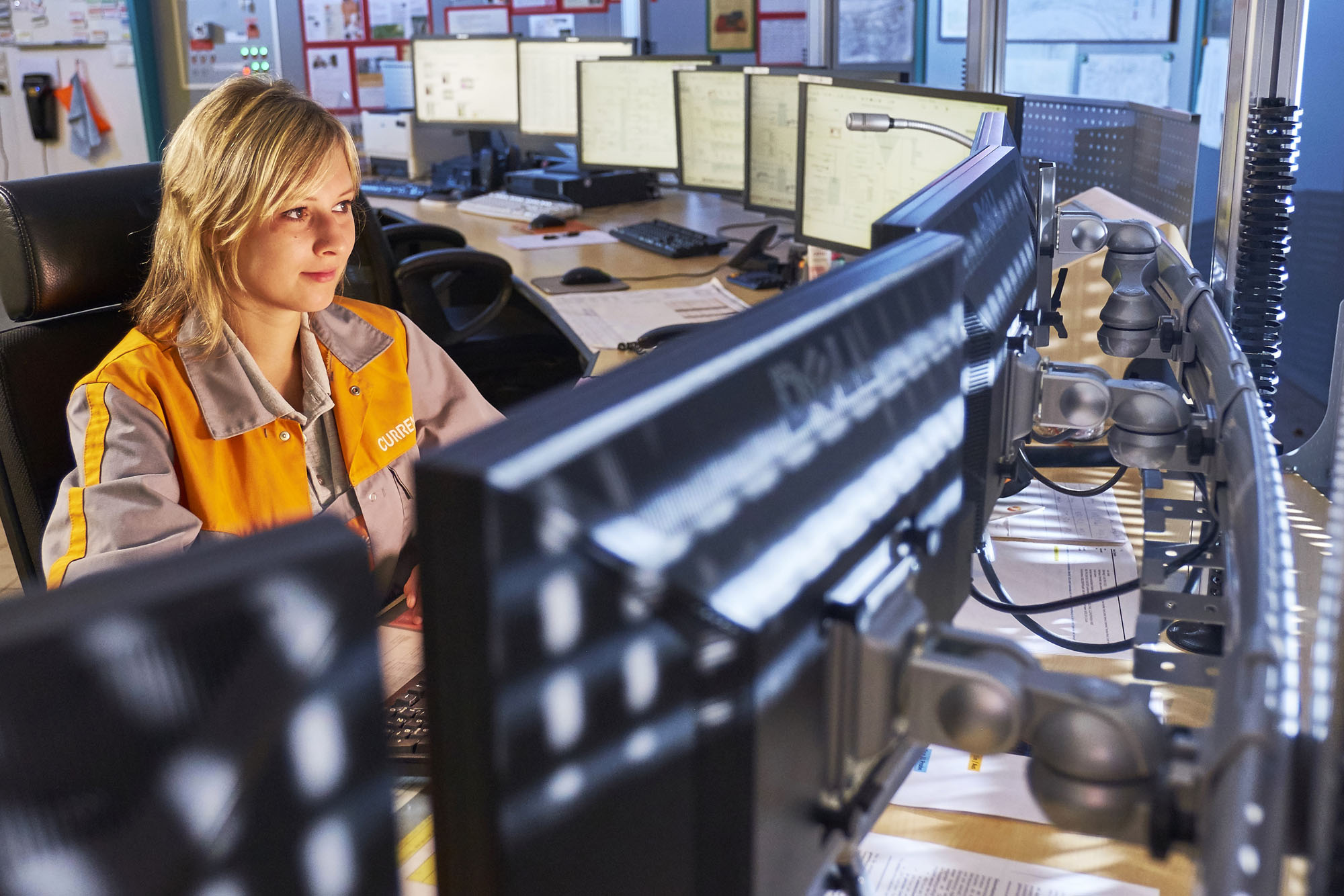
Christian Ahrens (Germany)
Gallery 01
Christian Ahrens(Germany)
Gallery 01

Christian Ahrens (Germany)
Gallery 01
Christian Ahrens(Germany)
Gallery 01
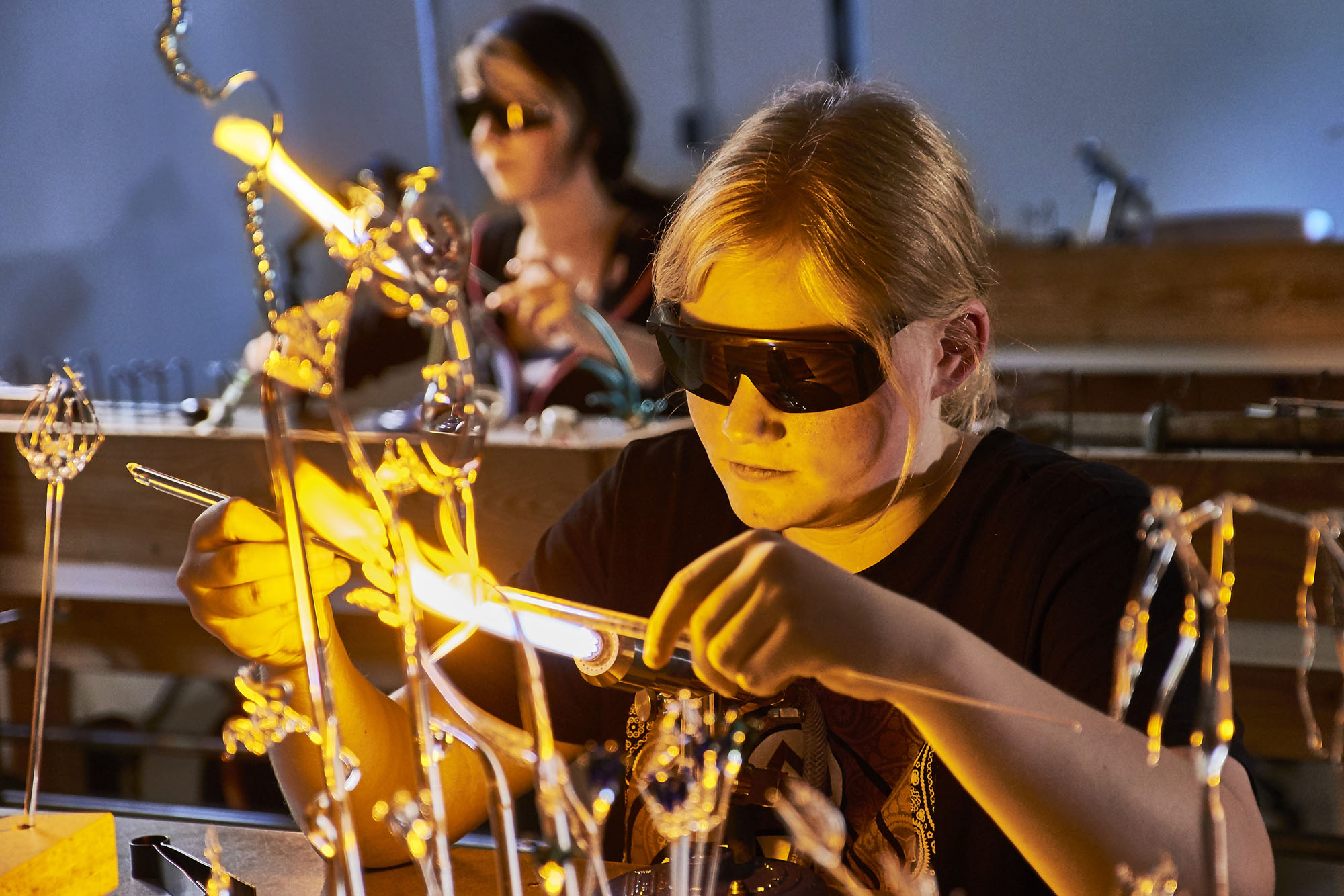
Christian Ahrens (Germany)
Gallery 01
Christian Ahrens(Germany)
Gallery 01

Christian Ahrens (Germany)
Gallery 01
Christian Ahrens(Germany)
Gallery 01
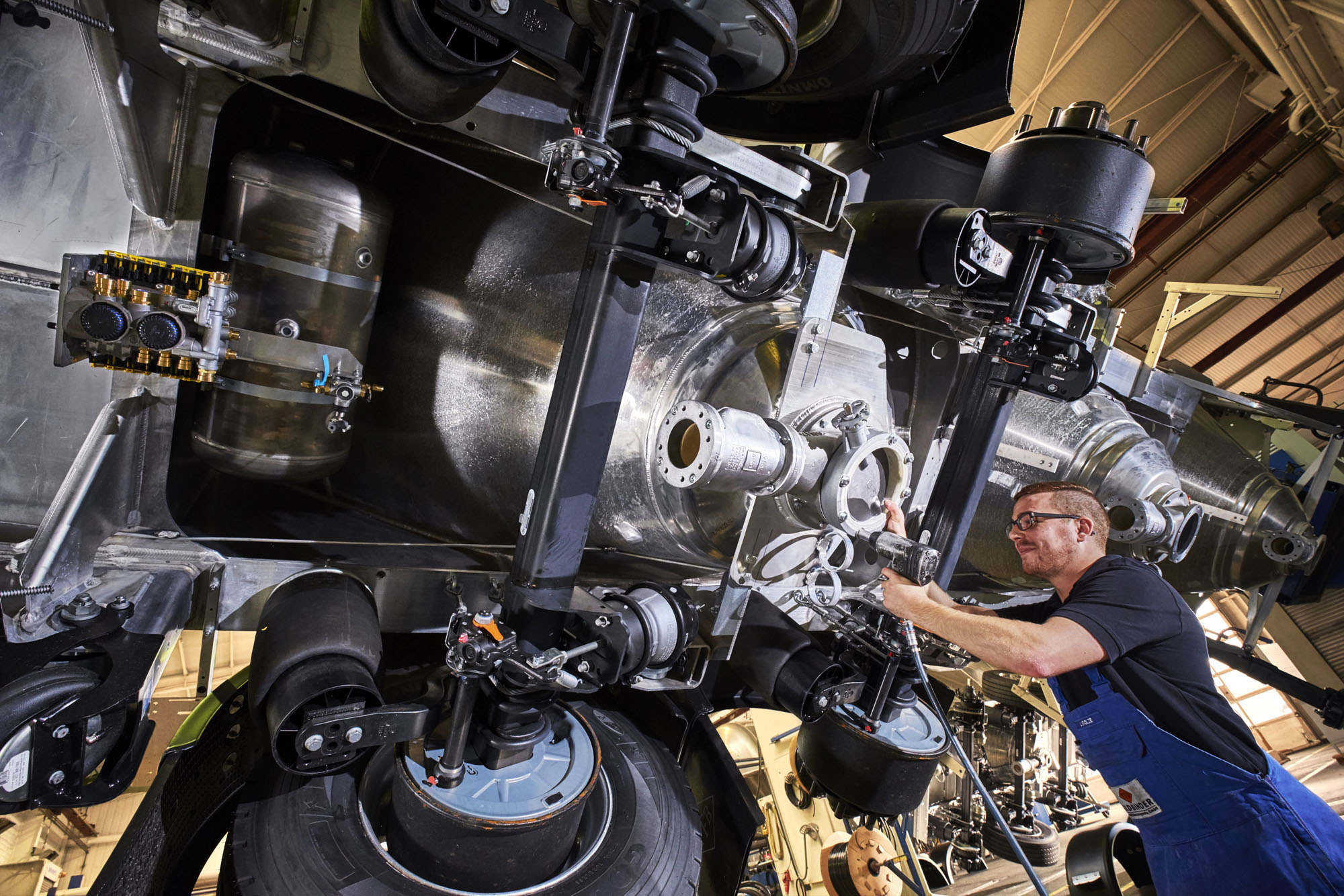
Christian Ahrens (Germany)
Gallery 01
Christian Ahrens(Germany)
Gallery 01
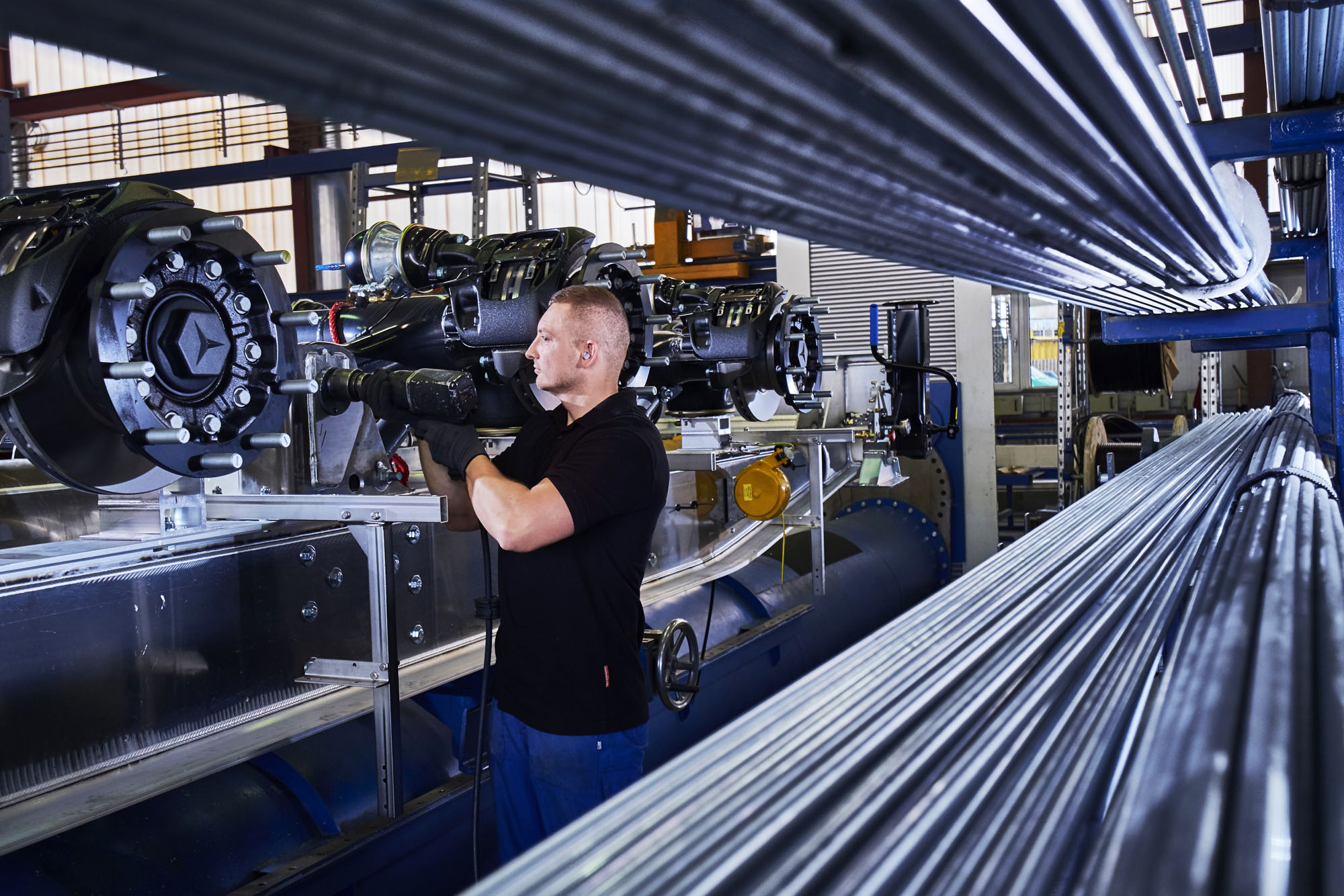
Christian Ahrens (Germany)
Gallery 01
Christian Ahrens(Germany)
Gallery 01
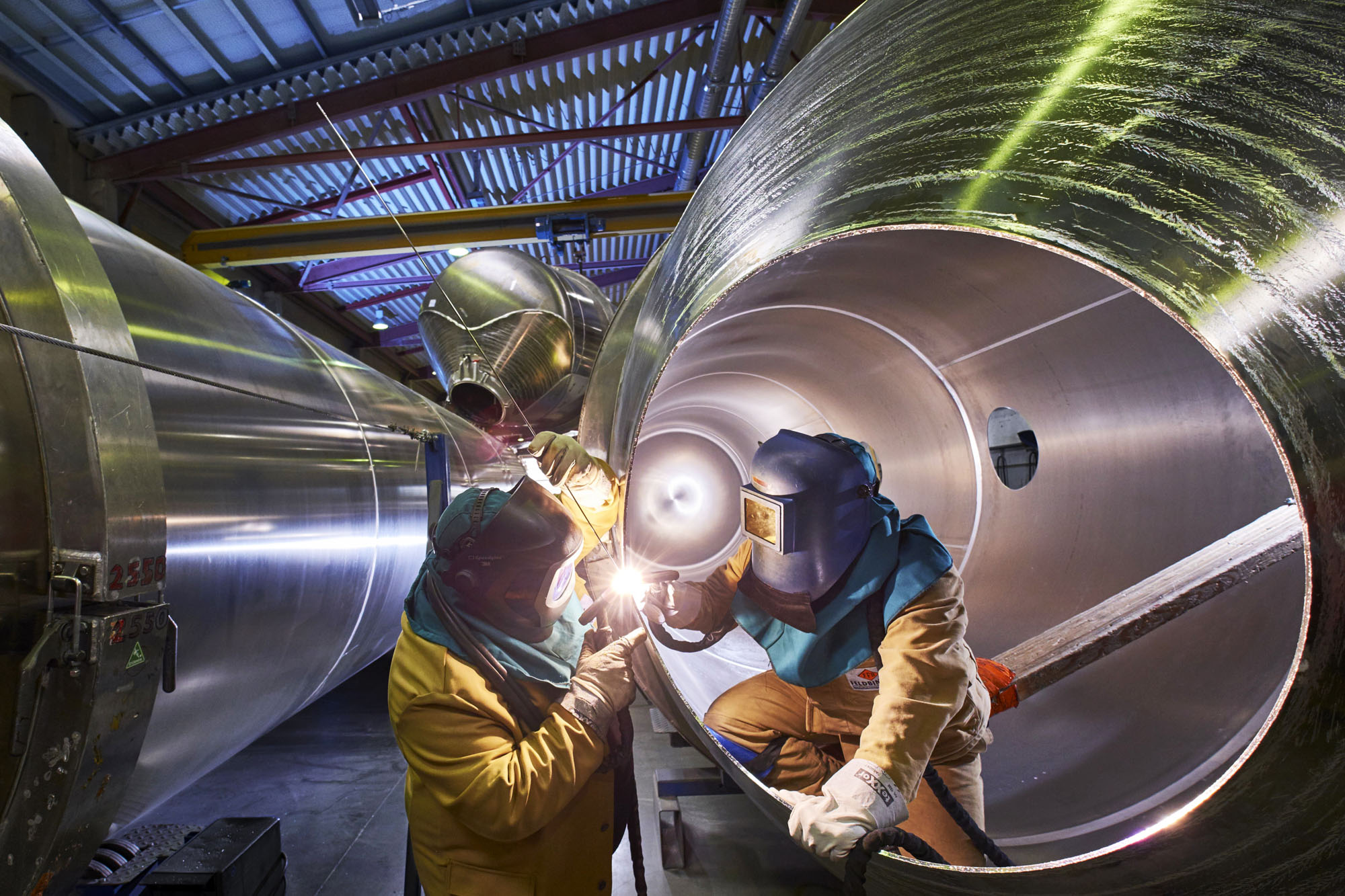
Christian Ahrens (Germany)
Gallery 01
Christian Ahrens(Germany)
Gallery 01

Christian Ahrens (Germany)
Gallery 01
Christian Ahrens(Germany)
Gallery 01














































